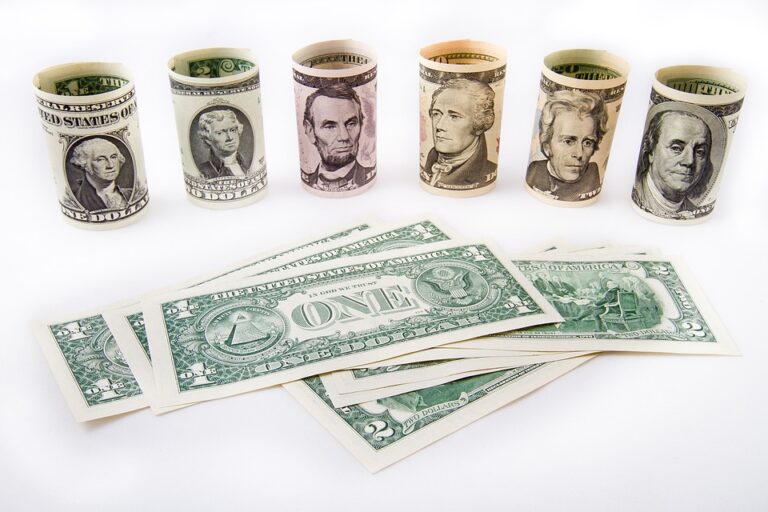Last updated Mar. 20, 2025 by Charles Zemub
Purchasing a new car can be an exhilarating experience, filled with excitement, anticipation, and an array of options. There’s the smell of a new interior, the shine of untarnished paint, and the satisfaction of driving a vehicle with zero miles on the odometer. But beyond the sensory pleasures, there’s a financial aspect that is equally significant. Car rebates play a critical role in this part of the car-buying process. Understanding how rebates work and knowing how to take advantage of them can lead to substantial savings. This article delves deep into the intricacies of car rebates, their benefits, and how prospective buyers can maximize their advantages.
What Are Car Rebates?
Car rebates, also known simply as vehicle incentives, are special discounts the manufacturer offers to reduce the price of a new vehicle. They are designed to stimulate sales and attract buyers. Typically, rebates are offered by the car manufacturer and can apply to a specific model or a broad range of vehicles. They provide immediate savings that will lower the purchase price of the vehicle.
How Do Rebates Work?
When a customer is interested in buying a car, they may find that the purchase price has three main components: the base price, taxes, and any additional fees. Rebates affect the base price by deducting a particular amount from it. Here’s a simplified example: If a car’s base price is $25,000 and the manufacturer is offering a rebate of $2,000, the new price of the vehicle would be $23,000.
These rebates are funded by the car manufacturers and often promoted through the dealership as a way to excite potential buyers about a new purchase. Some rebates can be claimed directly at the time of purchase, while others may be received as a refund after the purchase is completed.
Why Are Rebates Offered?
Manufacturers offer rebates for several strategic reasons:
-
Model Year Transition: As new models hit the production line, manufacturers may offer rebates on current models to clear inventory.
-
Sales Targets: If a particular model isn’t selling as expected, manufacturers might offer rebates to boost sales and meet targets.
-
Competitive Pressure: Rebates can be used to stay competitive in a market by offering consumers a more attractive purchase option compared to similar models from other manufacturers.
- Market Demand: In high-demand times, manufacturers might offer rebates as part of promotional events to increase sales during seasons when they expect more buyers.
Types of Rebates
There are various types of car rebates, including:
-
Cash Rebates: A straightforward discount on the price of the vehicle, presented as a cash offer deducted from the purchase price.
-
Loyalty Rebates: Offered to customers who are already brand loyalists and may apply when buying or leasing another vehicle from the same manufacturer.
-
Conquest Rebates: Target customers who own or lease a competitor’s vehicle. Essentially, these rebates encourage customers to switch brands.
-
College Graduate Rebates: Target recent or soon-to-be college graduates. These rebates provide an incentive for young buyers entering the market.
-
Military Rebates: Special rebates offered to active-duty military personnel, veterans, and sometimes their immediate family members.
- Trade-In Rebates: When trading in an older vehicle as part of a new purchase, some manufacturers may offer additional rebates.
How to Find and Utilize Rebates
Finding the best rebates requires a bit of research:
-
Manufacturer Websites: Start by visiting the official websites of the automobile manufacturers. They often list current incentives, sales events, and rebate offers.
-
Dealerships: Many dealerships display rebate offers prominently to attract customers. However, always verify the rebate through the manufacturer.
-
Auto Shows: Attending auto shows can be a great way to learn about upcoming models and potential rebates. Sometimes, special offers are announced at these events.
- Online Automotive Platforms: Websites like Edmunds, Kelley Blue Book, and Cars.com provide comprehensive listings of current rebates and incentives across different manufacturers.
Once you’ve identified a suitable rebate:
-
Verify the Details: Before finalizing your purchase, ensure you understand the terms and conditions of the rebate. Some may require specific eligibility criteria.
-
Paperwork: Prepare all the necessary documentation to claim the rebate. This may include proof of military service, college degree, or ownership of a competitor vehicle.
- Negotiate the Sale Price: Don’t focus solely on the rebate; ensure you negotiate the overall price of the car to maximize savings.
Maximizing Rebates and Additional Savings
-
Stack Rebates: In some cases, multiple rebates can be applied to a single purchase. For example, a buyer might qualify for a loyalty rebate and a cash rebate simultaneously.
-
Timing: Pay attention to the timing of your purchase. End-of-year or quarter sales, holiday specials, and model year transitions often come with attractive rebate offers.
-
Consider Leasing: Sometimes manufacturers offer rebates for leasing options, which can be highly beneficial if you prefer leasing over buying.
- Credit Score: A healthy credit score might not necessarily impact rebate eligibility but can affect financing options. Ensure your credit score is in good standing for the best financing terms.
✓ Short Answer
Car rebates are discounts offered by manufacturers to increase vehicle sales. They reduce the purchase price of a vehicle and come in various forms, such as cash rebates, loyalty rebates, and deals for military personnel or college graduates. To get a rebate, check manufacturer websites, visit dealerships, or attend auto shows. Always verify the details and prepare necessary paperwork to ensure eligibility and maximize savings by stacking rebates where applicable. Timing and good negotiation on the car’s price can further enhance your savings.
FAQs
1. Can I get a rebate on a used car?
Typically, rebates are applicable only to new vehicles. Used vehicles do not usually qualify for manufacturer rebates.
2. Are rebates negotiable?
The rebate amount itself is set by the manufacturer and non-negotiable; however, the price of the car can be negotiated in addition to any rebate applied.
3. How do rebates affect taxes and fees?
Rebates are generally deducted before calculating taxes, potentially reducing your tax obligation. Fees, however, are typically based on the pre-rebate price.
4. Do all buyers qualify for rebates?
Not all rebates apply to every buyer; eligibility criteria such as loyalty, military status, or graduation may apply, so check before assuming eligibility.
5. Can rebates expire?
Yes, rebates often have an expiration date, aligning with sales targets or marketing campaigns. Always confirm the expiration date to avoid missing out.
6. Is it better to take a rebate or a low-interest financing deal?
This depends on your financial situation and the specifics of the deal. Calculating the total savings from both options can help determine which is more beneficial.
Understanding and strategically utilizing car rebates can significantly influence the purchase price of your vehicle and enhance your car-buying experience. Armed with knowledge and preparation, you can make informed decisions and drive away with both a car and substantial savings.



